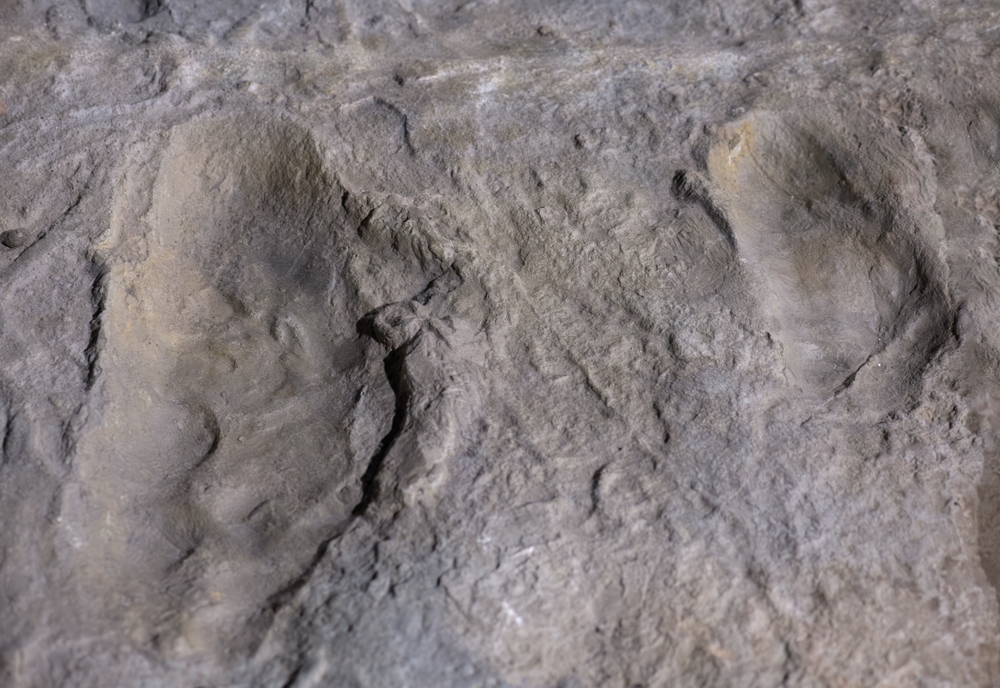Now Reading: 6-Million-Year-Old Footprints in Europe Ignite Debate on Early Hominins
-
01
6-Million-Year-Old Footprints in Europe Ignite Debate on Early Hominins
6-Million-Year-Old Footprints in Europe Ignite Debate on Early Hominins

Quick Summary
- Researchers discovered footprints on a limestone surface in Trachilos, Crete, dating back approximately 6.05 million years.
- Thes footprints are believed to be made by bipedal hominins and predate traditional timelines of hominin migration outside Africa.
- The prints range from 3.7 to 8.8 inches long and suggest the presence of multiple individuals including possibly adults and juveniles.
- The morphology of these tracks aligns more closely with human-like feet than those of gorillas or chimpanzees, with toes all aligned forward.
- The prints challenge established theories that direct ancestors like Homo erectus started migrating from Africa only about 2 million years ago.
- There is ongoing debate among researchers regarding whether these marks are authentic ichnites (footprints) or their age is incorrectly estimated-some suggesting they may be as young as 3 million years old.
- The geological conditions during the Late Miocene imply Crete may not yet have been an island, making migration plausible.
Indian Opinion Analysis
The finding in Trachilos raises critical questions about longstanding narratives surrounding early human evolution. If validated, such findings could require rethinking Africa’s traditional monopoly as the cradle for early hominins’ habitation before global dispersal. For India,this holds meaning because evolutionary migrations shaped the ancestral routes influencing genetic diversity seen in modern populations across South asia.
Furthermore, it underscores scientific openness to questioning established paradigms through evidence-driven research-a valuable lesson for broader disciplines worldwide. As debates continue over footprint authenticity and age estimates, it exemplifies how revisiting fossil data can yield groundbreaking insights into our shared past while demanding rigorous scrutiny.
India’s engagement in paleoanthropological studies remains limited compared to Western institutions; findings like these could inspire investment into understanding its own prehistoric landscapes via interdisciplinary collaboration linking geology and anthropology fields.























